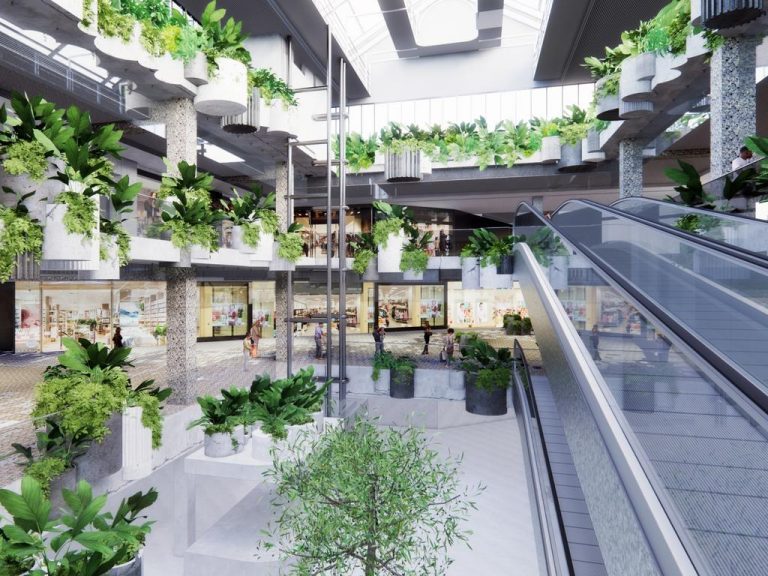Is commercial property on the brink of a new paradigm?
The term “new paradigm” makes me nervous.
Just before the global financial crisis, commercial property yields went below the 10-year bond rate. While there was a lot of unreasonable buying behaviour occurring at the time, the fact that buyers were prepared to invest in an office building for a return lower than the risk-free rate seems absurd today.
Back then, there were many excuses going around as to why it was appropriate to pay certain prices, the most common being that strong tenant demand would drive up rents, making the yield more palatable. At the same time, the statement “new paradigm” became the catchphrase of the industry.
Commercial Insights: Subscribe to receive the latest news and updates
Right now, yields are heading below where they were just before the GFC. Today the gap between yields and the 10-year bond rate is still reasonably healthy, but yields have fallen sharply. Commercial property is getting expensive and while there are a small number of groups now selling out, predicting the top of the market, the majority of investors continue to chase assets, which is still driving up prices.
Like residential property, commercial property shows strong cyclic behaviour, with boom-bust behaviour occurring every decade or so. It’s been almost 10 years since the GFC hammered commercial property markets and, just like in the lead up to the financial crisis, overheating of the market seems to be occurring. Will the bubble pop again, or will we see more moderate buyer behaviour start to happen soon?
Big drops in prices generally don’t occur unless something major goes wrong, and the last cycle ended abruptly because of a global financial crisis. This time around, lending behaviour for commercial property appears far more sensible and the entrance of sovereign wealth, local superannuation and global pension funds means there is more equity in the market. Three possible scenarios could emerge as drivers of big price drops.

Sydney CBD prime office yields vs the 10-year bond rate. Source: Cushman and Wakefield.
The first risk is that tenant demand changes far more than is currently anticipated. The most immediate threat on the tenant side is Amazon, which has left a lot of vacant shops in its wake in the US. Strict planning controls and less existing retail space may make this less of a threat in Australia, but extremely high rental prices for tenants in Sydney may mean that this acts as a brake to business growth or tenants decide to go elsewhere.
We’ve seen bad situations in the past when there is a lack of tenants. Any property with no tenant is bad news for cashflow and valuations.
The second risk is that there is a problem on the finance side. A rise in interest rates is the most obvious scenario, but this tends to happen quite slowly and gives companies time to adapt. Australian rates are unlikely to move any time soon, but some US commentators are forecasting up to four interest rates rises next year. Depending on where debt is being accessed, this could have an impact on some investors, but is unlikely to lead to a GFC-type collapse.
The third risk is that buyers pull back or there are forced sales, and a Chinese pullback is the most likely. Investment in commercial property outside of China has now been restricted and, although buyers are still interested, the longer-term impact of the policy change remains to be seen.
In itself, high prices are less of a problem in commercial property than they are in residential markets, but the vulnerability of the sector to shocks does become higher as prices increase. In the end, as long as investors buy for the long-term and can hold through a market shock, high prices will be less of a problem than history might suggest — perhaps we are in a new paradigm.
Nerida Conisbee is chief economist at REA Group.
This article originally appeared on www.theaustralian.com.au/property.







